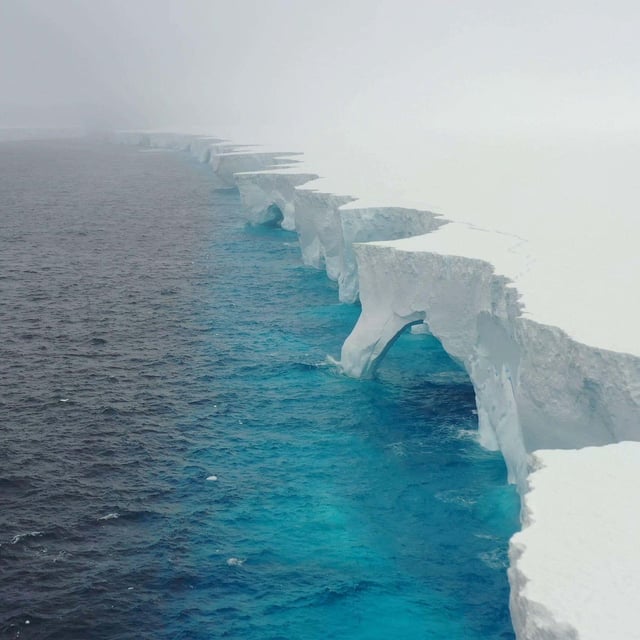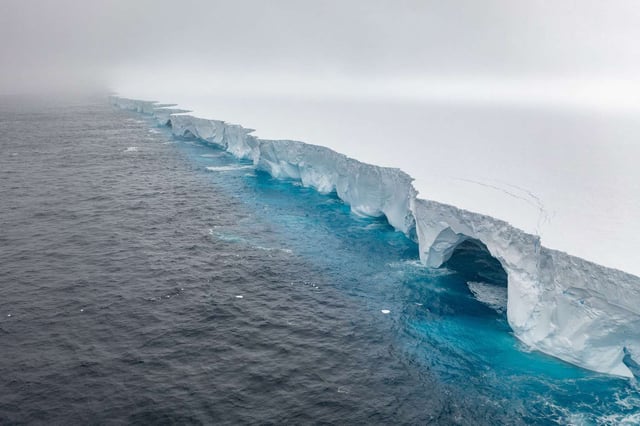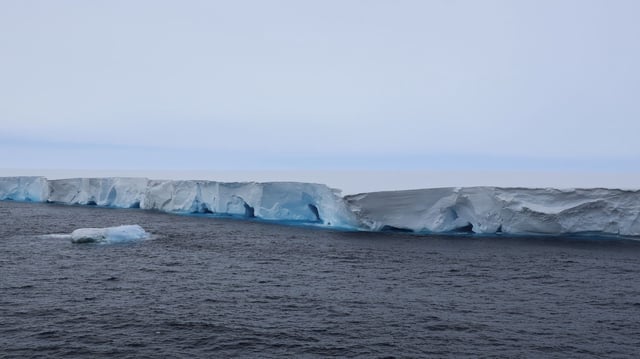Overview
- A23a, the world’s largest iceberg, has grounded on the continental shelf about 50 miles from South Georgia, a remote British territory in the South Atlantic.
- Scientists were concerned the iceberg could disrupt feeding routes for penguins and seals, but its current location minimizes immediate risks to wildlife.
- The iceberg’s grounding and eventual melting may release nutrients into the ocean, potentially benefiting the local ecosystem, including seals and penguins.
- As A23a breaks apart, smaller icebergs could pose hazards to commercial fishing operations in the surrounding region.
- Researchers emphasize the role of climate change in accelerating Antarctic ice loss, with ice shelves losing 6,000 billion tons of mass since 2000.



